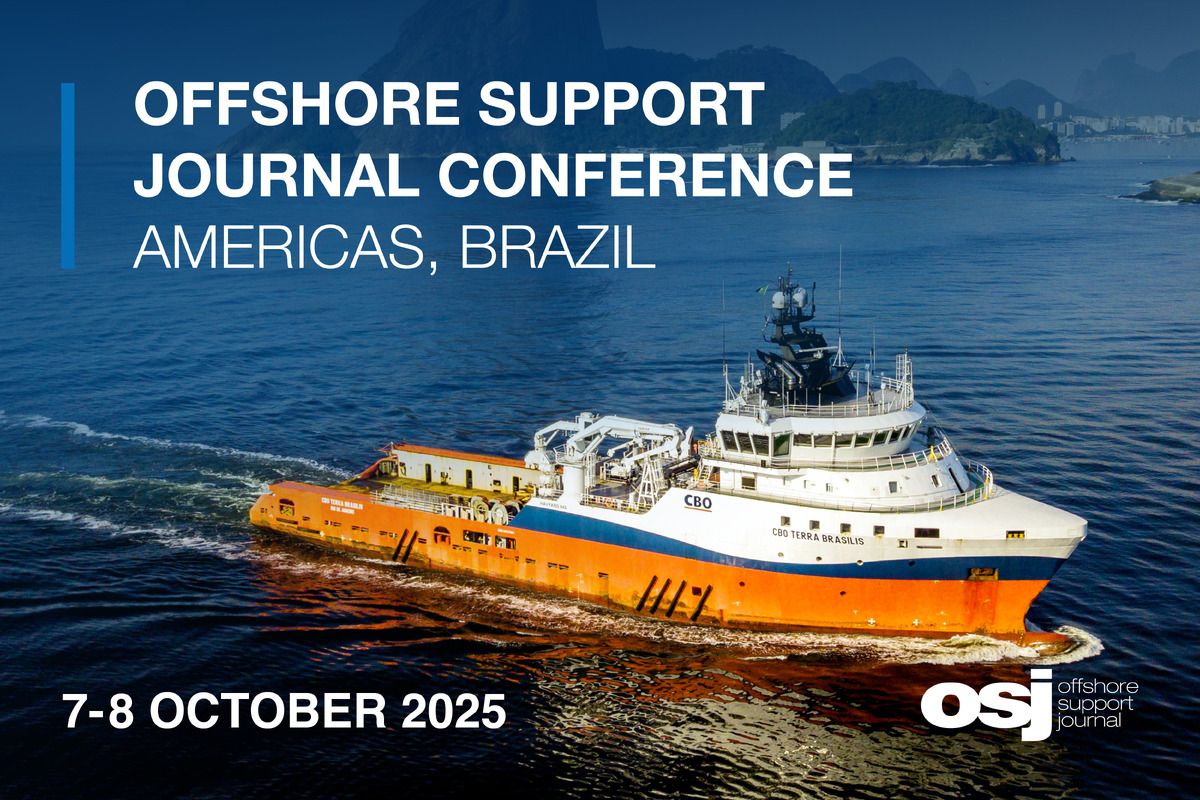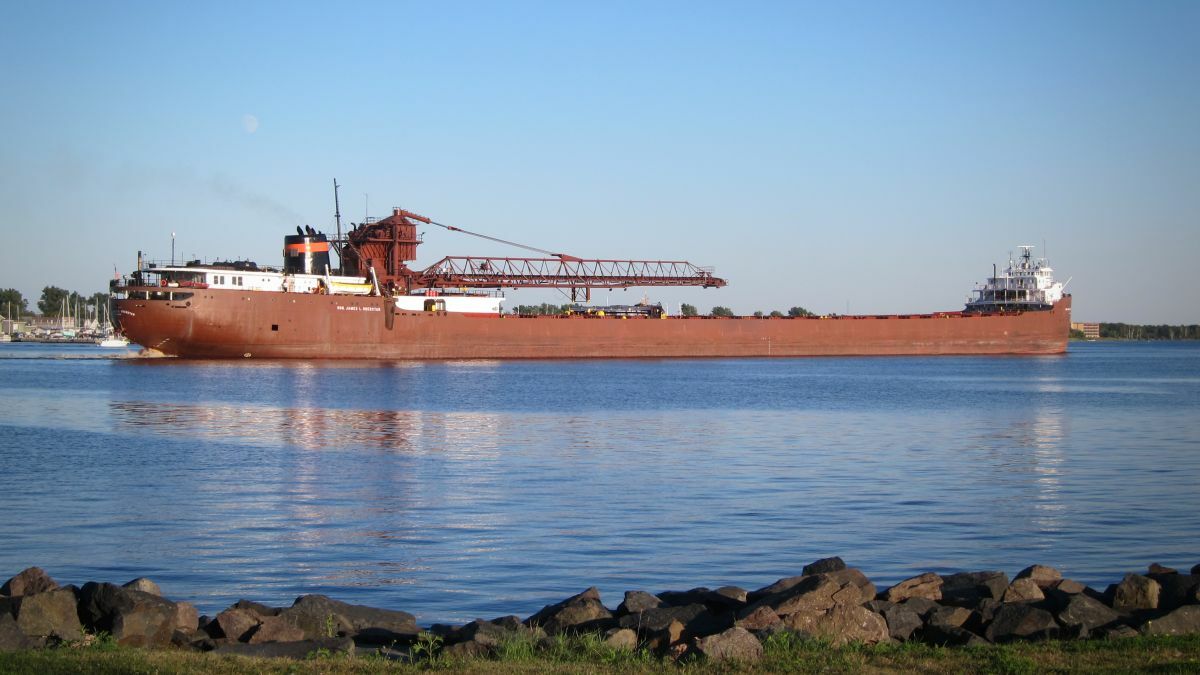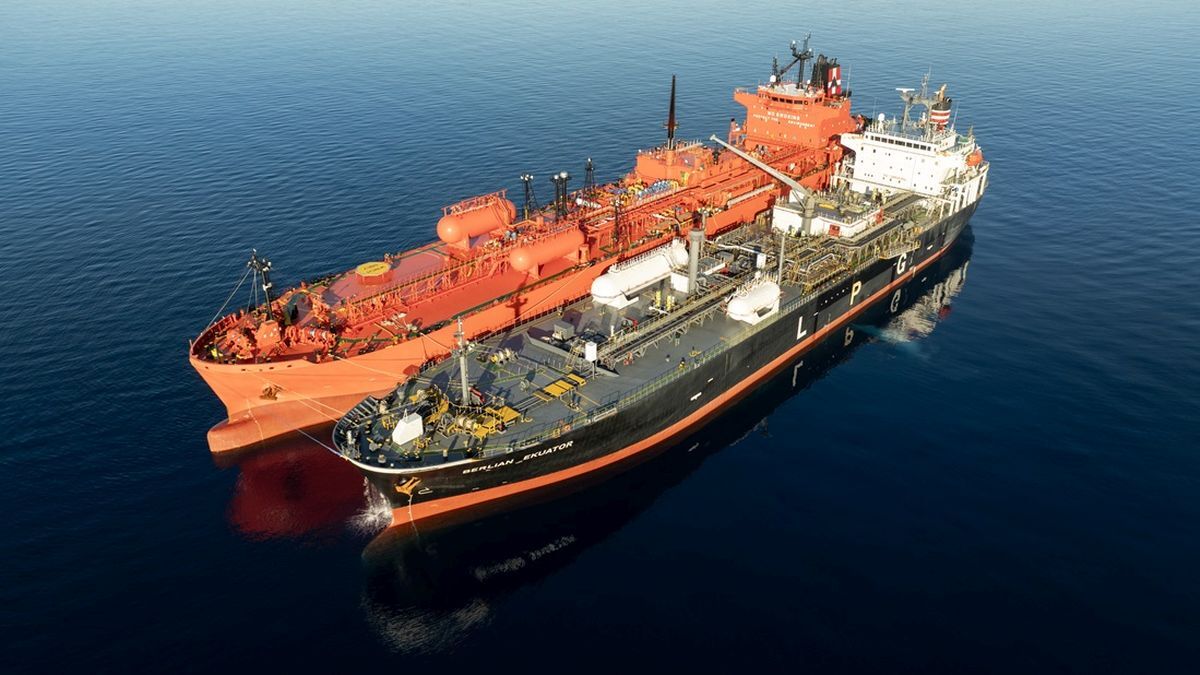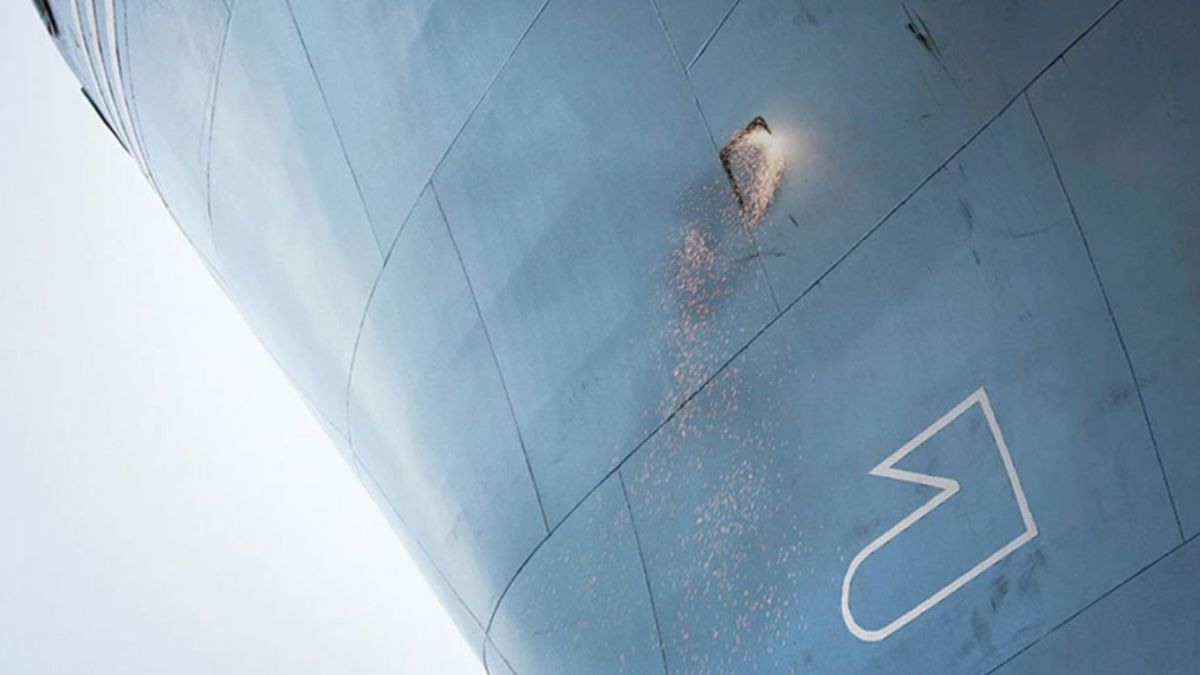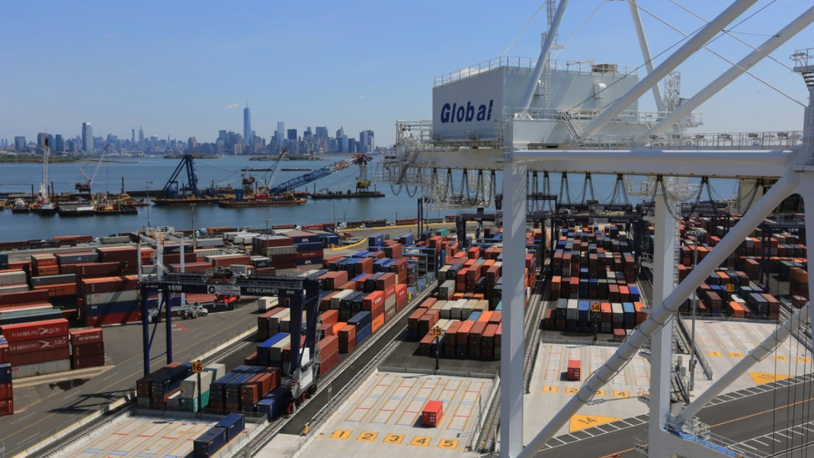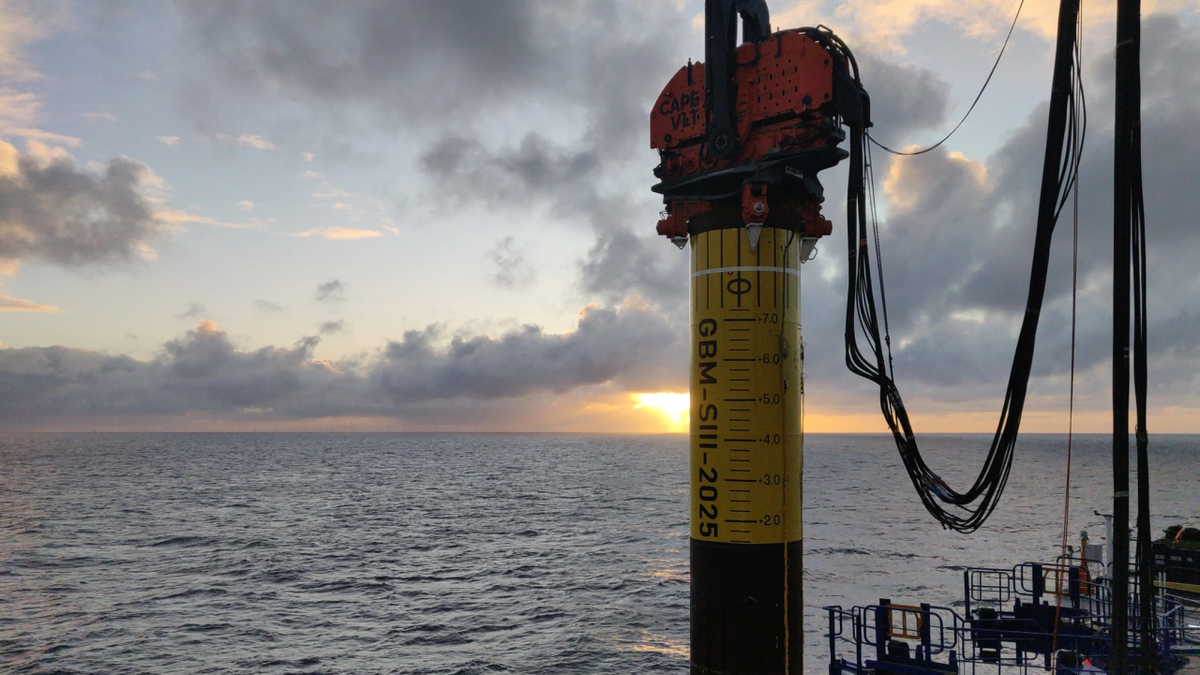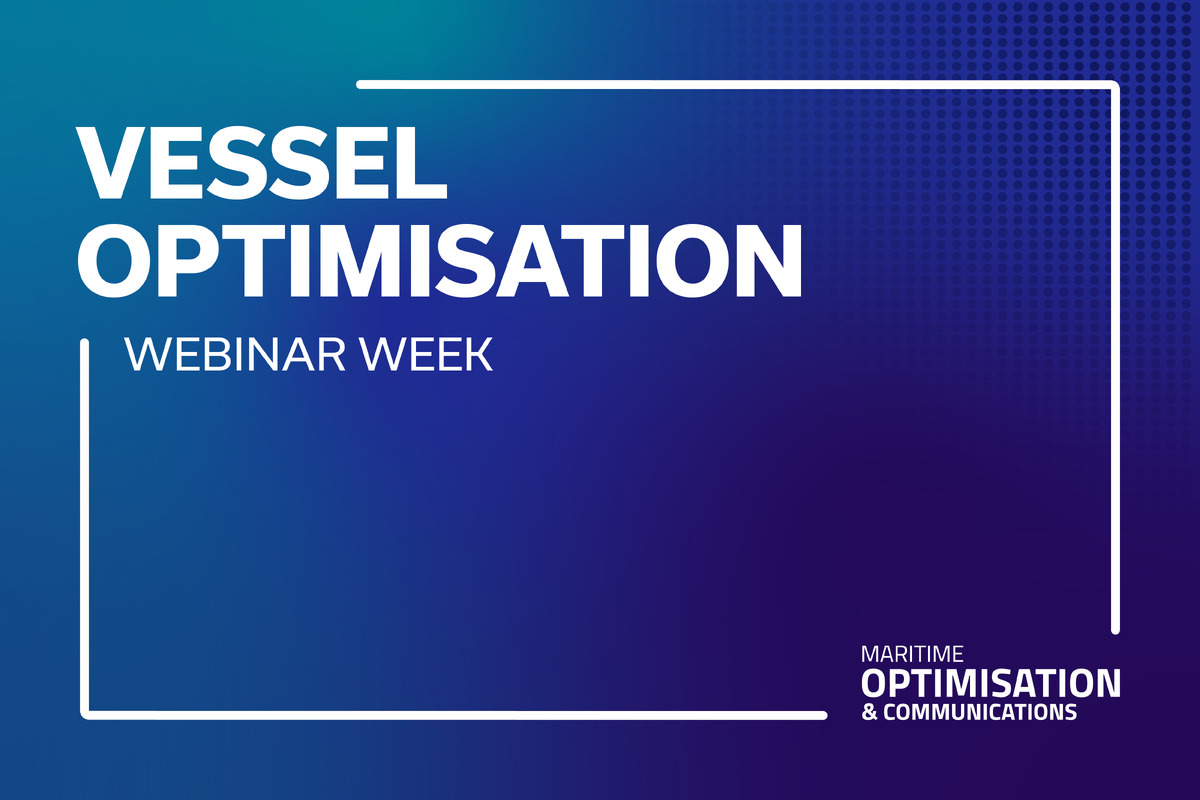Business Sectors
Events
Contents
Register to read more articles.
2025: ballast water compliance advances amid regulatory shifts
2025 brings regulatory updates, new BWMS approvals and increased scrutiny of ballast water compliance in a tightening maritime regulatory landscape
Stringent regulations set the stage for 2025
As the maritime industry contends with an increasingly stringent regulatory environment, 2025 is set to bring both amendments to existing ballast water regulations and the introduction of updates to current ballast water management systems (BWMS). These developments reflect a shift towards enhanced compliance and operational consistency, addressing challenges that persisted in 2024.
New record-keeping guidelines take effect
Central to this evolution is the adoption of new record-keeping and reporting guidelines under the Ballast Water Management (BWM) Convention. From 1 February 2025, the amendments outlined in Circular BWM.2/Circ.80 and Resolution MEPC.369(80) will standardise procedures for completing the Ballast Water Record Book (BWRB). These include updated reporting forms and guidelines for logging operations under challenging water conditions. Ships with approved BWM plans must comply by implementing codes A to H, alongside item-specific recording requirements for various ballast water operations.
Transition to electronic record-keeping
From 1 October 2025, electronic record-keeping will further transform compliance requirements. The adoption of MEPC.372(80) guidelines and subsequent amendments under MEPC.383(81) mandate electronic BWRBs as an alternative to traditional hard-copy formats. Ships opting for electronic BWRBs must carry declarations confirming compliance with IMO standards. These regulatory enhancements aim to streamline reporting processes and address inconsistencies that have historically hampered global ballast water management efforts.
Regional discrepancies in compliance persist
Despite these advancements, regional discrepancies in regulations remain evident, particularly between the United States and Canada. While Canada adheres strictly to international ballast water standards, the US Vessel Incidental Discharge Act exempts older Lakers operating in the Great Lakes, creating operational inconsistencies. During a Riviera webinar, Paul Topping of the Lake Carriers’ Association observed “no system works consistently in Great Lakes conditions,” underscoring the need for unified approaches to address these challenges.
New BWMS models under review
In the latter months of 2024, a new wave of BWMS models entered the US Coast Guard (USCG) regulatory review process, mainly to mark updates to existing systems. Among these, Langh Tech Oy AB’s LanghBW system combines filtration and ultraviolet (UV) treatment to process water volumes between 300 and 600 m³ per hour. Designed for small to mid-sized vessels, this Finnish system aligns with DNV type-approval standards, emphasising compactness and operational reliability.
Meanwhile, South Korea’s S&SYS Co introduced Purimar, a scalable system combining filtration and electrolysis, capable of handling volumes from 250 to 10,000 m³ per hour. Purimar is designed for diverse salinity and temperature conditions, offering broad applicability. Japan’s Miura Co submitted its HK-(E)R system for USCG type-approval. This system, managing volumes of 200 to 900 m³ per hour, leverages UV technology for cost-effective disinfection and energy efficiency.
South Korea’s HANLA IMS has submitted two systems for USCG type-approval: the EcoGuardian NF, which employs electrolysis for high sediment or turbidity regions at flow rates between 130 and 6,000 m³ per hour, and the EcoGuardian, a filtration and electrolysis hybrid designed for water volumes of 130 to 4,000 m³ per hour. Both systems are pending USCG type-approval but have already received KR certification, ensuring compliance across diverse operating environments.
Broader developments in the USA
Other outstanding developments in the USA include the outcome of the USCG Programmatic Environmental Impact Statement. This initiative aims to evaluate the testing methods employed in approving BWMS.
In August 2024, the US Congress amended the Frank LoBiondo Coast Guard Authorization Act of 2018 by introducing HR 7659, now codified as Section 904. This amendment mandates the USCG to provide comprehensive data on BWMS to any state, the District of Columbia, or US territory upon request. The shared information includes detailed data on water quality and biological organism concentrations before and after treatment by a BWMS.
The new US Administration of 2025 may also indirectly impact ballast water treatment through changes to the role of the Environmental Protection Agency.
Global focus on BWMS at MEPC 83
On the global BWMS stage, the upcoming 83rd session of the Marine Environment Protection Committee (MEPC 83), scheduled from 7 to 11 April 2025 at the International Maritime Organization Headquarters in London, already has ballast water on the agenda. Intertanko’s database of member feedback on challenging water quality is likely to be discussed and could serve as a critical initiative for shaping future policies.
A transformative year ahead
As the shipping industry integrates these technological advancements with enhanced regulatory frameworks, 2025 promises to be a transformative year. These changes will not only streamline compliance but also position the industry for greater sustainability and operational efficiency.
Sign up for Riviera’s series of technical and operational webinars and conferences:
- Register to attend by visiting our events page.
- Watch recordings from all of our webinars in the webinar library.
Related to this Story
Events
Offshore Support Journal Conference, Americas 2025
LNG Shipping & Terminals Conference 2025
Vessel Optimisation Webinar Week
© 2024 Riviera Maritime Media Ltd.
